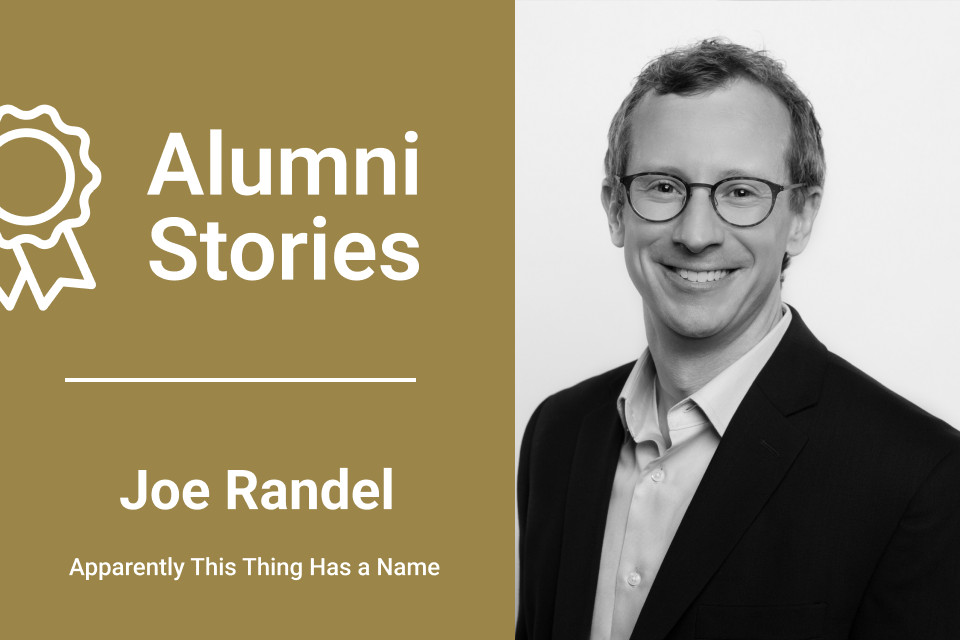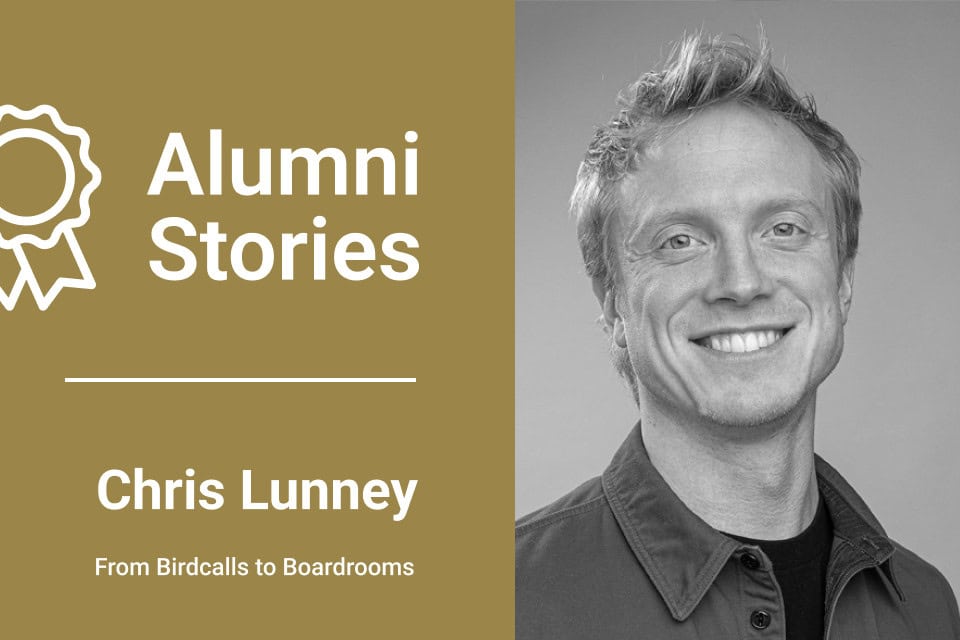How a lifelong learner found purpose and community in facilitation
It all happened very naturally, like pieces of a puzzle coming together over time. I’ve always been a generalist—someone who loves to learn about a wide range of topics rather than focusing deeply on one. This tendency started early in my career at Accenture’s Innovation Center in Milan. I began as an analyst, helping clients envision the future of their businesses. It was there that my manager, Davide Contrini, pointed out a strength I didn’t fully recognize in myself: simplifying complex ideas and presenting them clearly. His encouragement was a turning point that gave me confidence in my ability to bring value by connecting dots across disciplines.
This skill led me to explore diverse industries and emerging technologies, from social media to e-commerce. I had the chance to immerse myself in various methodologies, including Agile and design thinking, which complemented my broad exposure to different projects. Over time, I realized that these experiences gave me a unique ability to bring people together, align perspectives, and co-create solutions. Without even realizing it, I was facilitating—helping others find clarity and alignment in the midst of complexity. As I moved through my career, I began to see how this skill could evolve into a leadership role, not just in projects but within organizations.

Facilitation didn’t just feel like a career—it began to feel like a purpose. I saw how effective facilitation could empower individuals, spark innovation, and drive meaningful change in ways that conventional approaches often couldn’t achieve. This realization fueled my passion for honing my skills and finding new ways to inspire collaboration.
Discovering the Art of Facilitation
My first exposure to structured facilitation came during my time at Accenture. I was part of workshops that combined technology, design, and storytelling to inspire clients. These sessions often felt like theater—we would create immersive scenarios using interactive tables and projectors to help clients visualize the future. While I didn’t think of it as facilitation at the time, these experiences planted a seed. I saw how thoughtful preparation, combined with visual storytelling, could transform a meeting into something memorable and impactful. It was also a moment of realization about the power of creating shared understanding.
Years later, I joined KPMG to launch the Insights Center in Milan, and later to lead the capability in Switzerland, with Insights Centers in Zurich and Geneva. By then, I’d developed a deep appreciation for the craft of facilitation. I found myself leaning into methodologies that prioritized collaboration and creativity. But it wasn’t until the pandemic hit and everything moved online that I began looking for ways to formalize my skills. The shift to virtual work revealed new challenges and opportunities. This led me to Voltage Control through a collaboration with Mural. We created a virtual workshop template to help companies explore their digital futures. That project introduced me to the broader world of facilitation and eventually to the Voltage Control certification program.
The pandemic was a pivotal moment for many facilitators, including myself. Moving to virtual facilitation meant rethinking how to engage people effectively and how to replicate the energy of in-person workshops in a digital environment. It was both a challenge and an opportunity to grow. This phase required not just new tools but also new mindsets, as we adapted to shifting dynamics and embraced innovative methods for creating connection.
Choosing Voltage Control
When I decided to pursue the certification, it wasn’t just about improving my own skills. As my team at KPMG’s Ignition and the Insights Center grew, I felt a responsibility to lead by example and inspire them to push boundaries. The Voltage Control program appealed to me because it focused on experienced facilitators and offered a community where we could learn from one another. I saw it as an opportunity to gain fresh perspectives and elevate my team’s approach to facilitation.
The program’s emphasis on personal reflection was particularly compelling. Facilitation isn’t just about techniques; it’s about understanding your unique style and strengths. I knew this journey would help me become a more intentional leader and facilitator. I was also drawn to the program’s practical approach, which balanced theoretical insights with actionable tools that I could immediately apply to my work. The promise of joining a network of like-minded professionals was equally enticing—I knew this experience would extend far beyond the certification itself.

The Certification Experience
The program was transformative in many ways. It forced me to reflect on my own journey and skillset as a facilitator—something I rarely had time to do in the rush of daily projects. I appreciated how it encouraged us to identify our strengths and weaknesses and to think deeply about our purpose in this work. This self-awareness has made me more confident and effective in my role. It also reinforced the importance of continually evolving as a professional.
One of the highlights for me was the opportunity to collaborate with peers. I remember working with Tracy, my first partner in the program. She was a master of improvisation, while I’ve always been more of a meticulous planner. We learned so much from each other, finding a balance between preparation and spontaneity. Another standout was Natasha, who brought the perspective of a keynote speaker transitioning into facilitation. Her expertise in storytelling inspired me to think about how I could incorporate more narrative elements into my workshops.
Beyond individual partnerships, the sense of community was remarkable. For the first time, I didn’t need to explain what I do. Everyone understood the challenges and joys of facilitation. The diversity of backgrounds among participants—from corporate leaders to entrepreneurs—enriched every conversation and sparked new ideas. It was a reminder that facilitation is as much about learning from others as it is about guiding them. The connections I made during the program continue to be a source of inspiration and support.
The program also pushed me out of my comfort zone in unexpected ways. From experimenting with new techniques to facilitating alongside individuals with completely different approaches, I gained invaluable insights into the adaptability required to excel in this field. This diversity of experiences has enriched my facilitation toolkit and broadened my perspective on what it means to lead a room effectively.
Bringing It Back to Work
The certification has had a profound impact on my work at KPMG. One key takeaway was the concept of “gentle authority”—a way of establishing credibility and guiding discussions without dominating the room. This has been especially valuable in my role, where I often facilitate sessions with C-level executives and strong personalities. Gentle authority has helped me navigate these dynamics with confidence and grace.
One way we’ve applied this is by starting a “Signals of Change” content curation piece, based on futures thinking approach . Content curation and future scenarios building compliments my team’s facilitation expertise and helps them to bring unique insights to workshops, reinforcing our credibility and authority. We’ve also launched an “Agile Hour” series to build facilitation skills across the company. These informal sessions have become a space for experimentation and community-building, helping colleagues embrace collaborative methods and see the value of facilitation firsthand.
Another initiative has been integrating facilitation culture into our broader organizational strategy. We’ve started supporting more internal sessions for colleagues around topics such as solution development with AI, strategic planning and go-to-market approach, strategy for specific client RFPs etc., creating opportunities to share tools and techniques that enhance collaboration across teams and functions. This initiative has not only expanded our impact but also deepened our connections within the company. It has been rewarding to see how facilitation can transform not just meetings, but the way teams work together.
The resources provided by Voltage Control have also become a cornerstone of our approach. From templates to facilitation exercises, these tools have enabled us to elevate the quality and creativity of our sessions. Sharing these resources with my team has created a ripple effect, empowering them to innovate and refine their own facilitation practices.
Looking Ahead
The future feels full of possibility. With KPMG’s recent merger between our Swiss and UK operations, my team has new opportunities to collaborate and learn from seasoned facilitators. I’m excited about the potential for growth, not just for our team but for the broader organization as we integrate AI into our facilitation processes. From brainstorming metaphors to creating visuals and summarizing workshops, AI is becoming an invaluable partner in our work.
I’m particularly interested in how AI can enhance the pre- and post-workshop experience. For example, we’ve started using AI tools to brainstorm creative metaphors and craft visually engaging session materials. We’re also experimenting with AI-generated summaries to streamline follow-up communications. These innovations free up time for facilitators to focus on the human elements of their work—building connections, fostering trust, and guiding meaningful conversations.
As we continue to explore these new frontiers, I’m committed to keeping my team at the forefront of innovation. Whether it’s through experimenting with new methods or building a strong community of practice, I want us to be the go-to resource for inspiration and expertise within the company. I’m also excited about the ripple effects of this work—how it can inspire other teams and shape the culture of collaboration across KPMG.
To anyone considering the Voltage Control certification, my advice is simple: do it. It’s more than a training program; it’s an investment in yourself, your career, and your ability to make a meaningful impact through facilitation. The skills and connections you gain will stay with you for a lifetime, enriching your work and opening doors to new opportunities.


